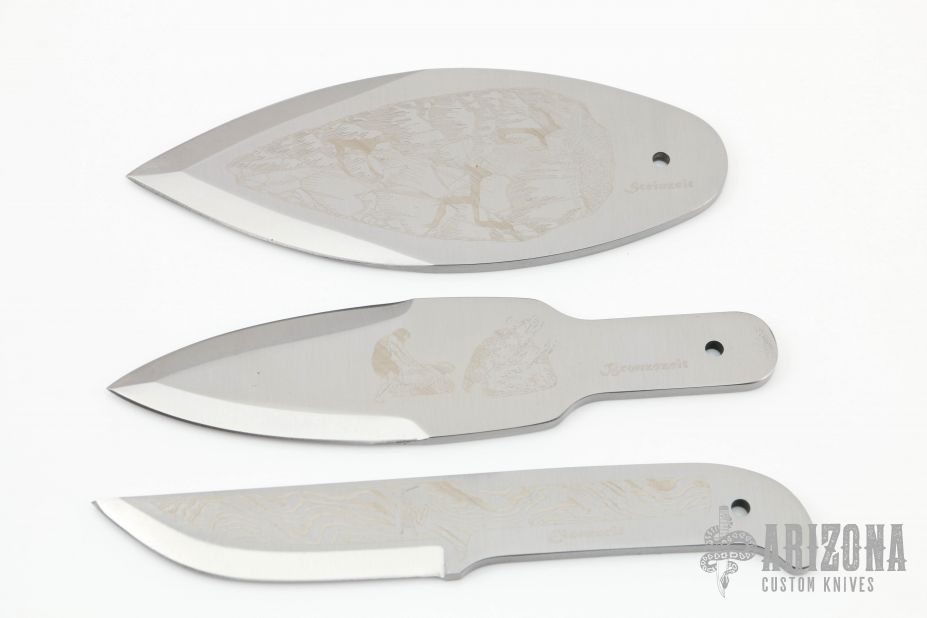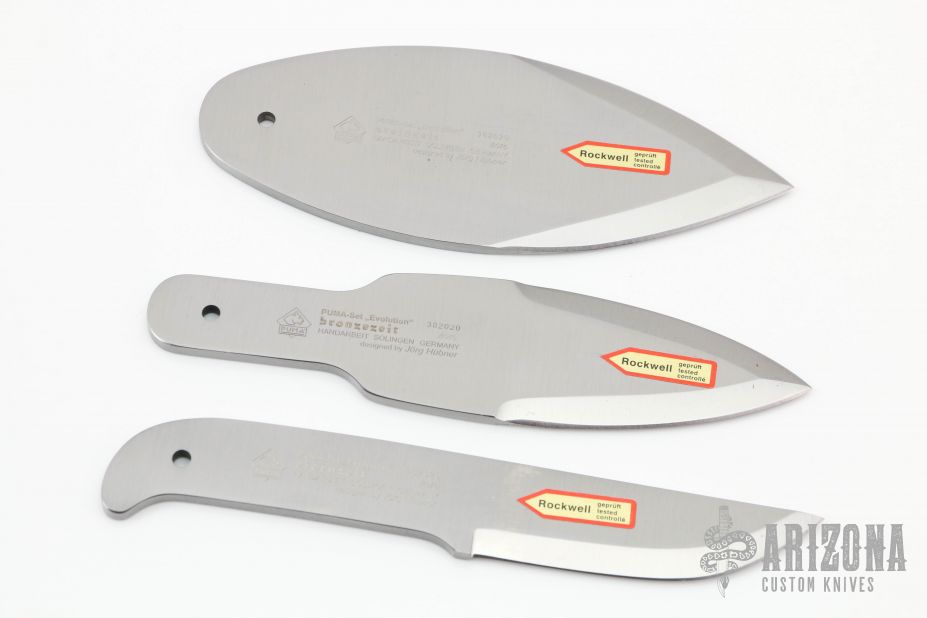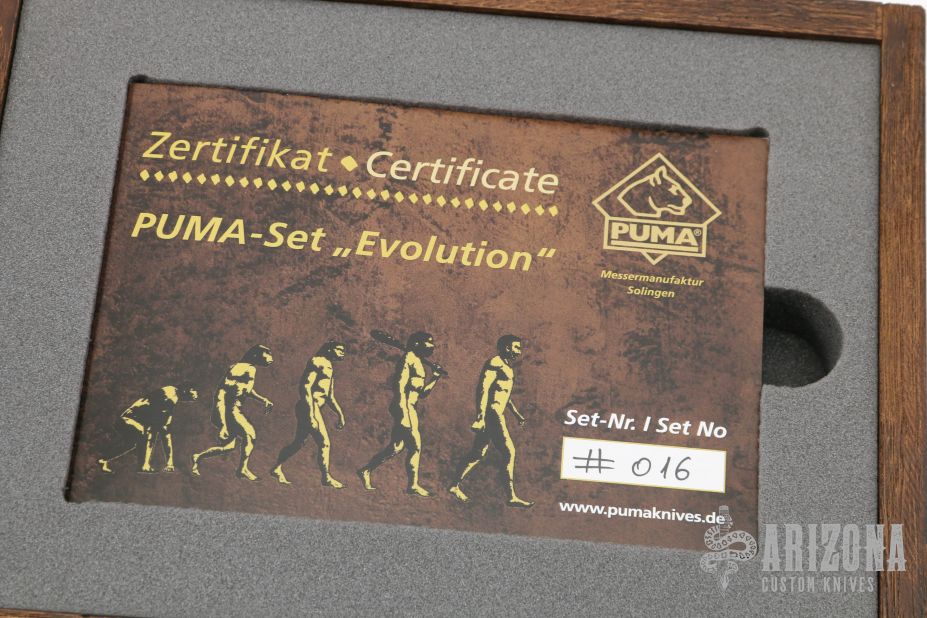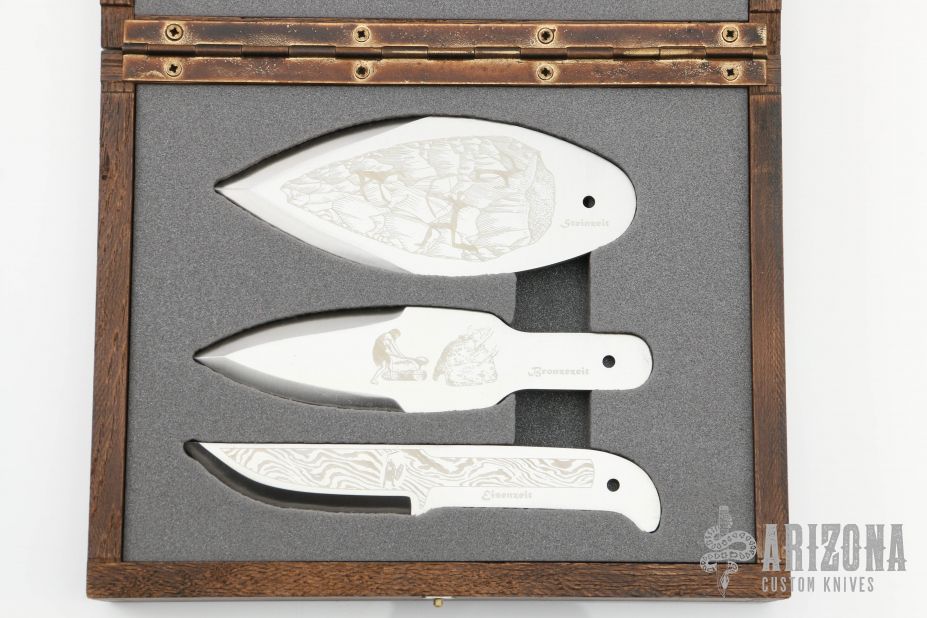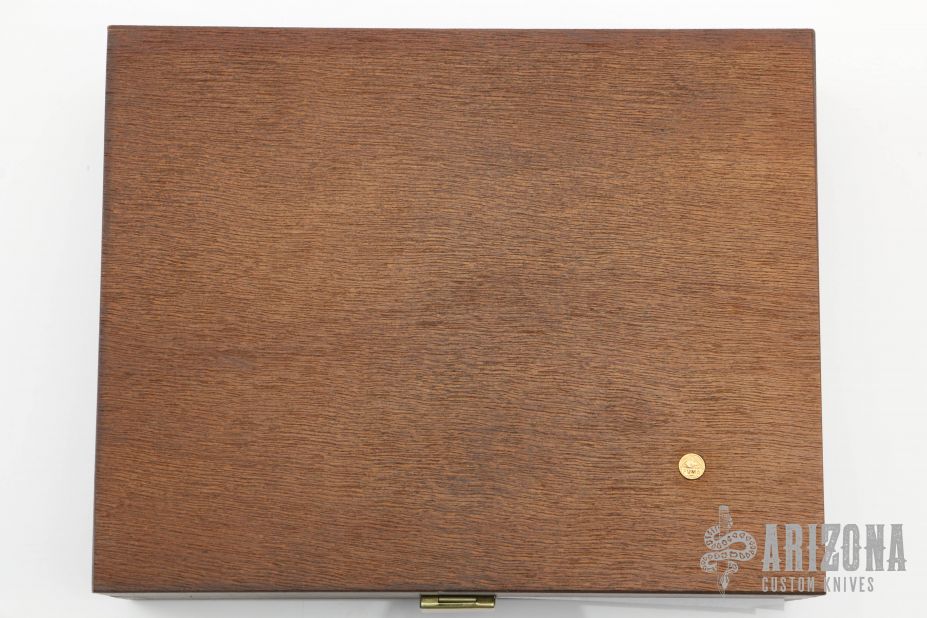Overview
The evolution of the knife: The eventful history of mankind is inseparably linked to the development of cutting tools. Due to the different developments of different tribes, the transitions of the eras "Stone, Bronze and Iron Age" are fluent as well as temporally staggered. Blade weapons, however, found their way into every culture and also served - often with elaborate decorations - as status symbols of their respective owners.
• PUMA "Stone" = hand axe
The hand axe was created about one and a half million years ago, in the Stone Age. It was a stone worked on two sides and formed almond-shaped, with a round base opposite a point. The "Stone" model is a reminiscence of the first knife of mankind.
• PUMA "Bronze" = Dagger with short handle
From the 3000 B.C. onwards, some people were able to make cutting tools from copper. By adding about ten percent tin, the metal bronze could be cast from copper and used for knife making. The model "Bronze" is based on a dagger from this epoch.
• PUMA "Iron" = knife with long handle
Already from the end of the Bronze Age onwards, knives made of iron began to appear, which gradually replaced the bronze knives. Knives made by smelting iron are documented from the 17th century B.C. onwards. This technical progress reached Europe approx. 2,800 years ago and thus founded the beginning of the local Iron Age. The model "Iron" corresponds to the shape of a Celtic knife.
Stone age
Cutting: 55 mm (double-edged)
Total length: 137 mm
Thickness: 4 mm
Weight: 145 g
Bronze Age
Cutting: 60 mm (double-edged)
Total length: 147 mm
Thickness: 4 mm
Weight: 97 g
Iron age
Cutting: 73 mm
Total length: 153 mm
Thickness: 4 mm
Weight: 79 g
Includes Display case and COA. S/N 016. Excellent Condition.

